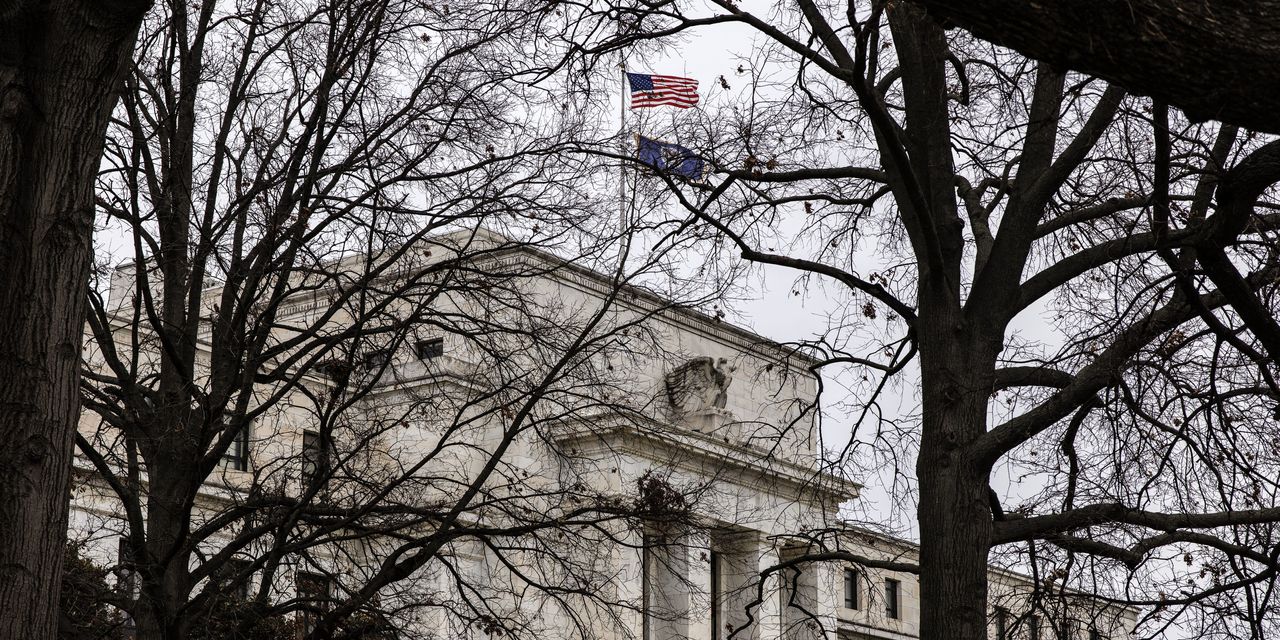
Next year, a Democratic appointee is set to once again be leading bank supervision at the Federal Reserve. Times are less tense than under President Obama, when the Dodd-Frank Act was first being implemented and troubled banks were at the center of attention. But that doesn’t mean bank investors shouldn’t be paying close attention.
In the most recent crisis, the pandemic, big banks avoided massive credit losses and were able to lend, make markets and take deposits at rough moments. Some might even argue banks were a bit too constrained and could have helped even more borrowers and investors with more regulatory flexibility.
Still, both sides of the political spectrum would probably like changes to existing bank regulation. Some Democrats might want some of the prior administration’s moves undone, like changes to the Volcker Rule. But the next vice chair for supervision—whom President Biden is set to soon nominate—may prioritize other policy areas, like addressing climate risk or the rise of cryptocurrencies. Many significant changes also need the backing of the Fed’s board of governors, whose composition is in flux.
Yet even absent a push for something seemingly dramatic, like breaking up banks, technical changes to capital requirements and risk-weighting could still be quite consequential for bank shareholders. Changes to capital rules can have an impact on shareholder payouts and returns on equity—important variables for bank stocks.
Already, banks are having to make some moves to ensure they can fully lean into potential asset growth under current capital requirements, like letting some deposits run off, slowing capital returns or issuing preferred shares, notes Autonomous Research analyst John McDonald.
There are some important capital rules that still need to be finalized, like how banks account for the risk of operational failures, or the risks in their trading books. Plus, even if the basic contours of the stress-test regime put in place during the Trump years don’t change, tweaking some of the underlying assumptions or parameters can make a sizable difference.
In some cases, even inaction on things such as leverage ratios and big-bank capital surcharges could be impactful, notes Margaret Tahyar, co-head of the financial institutions practice at Davis Polk & Wardwell. Banks’ growing overall size during the pandemic is already factoring into capital ratios.
All of this can, in theory, add up to meaningful changes to capital requirements for big banks. “This uncertainty could give some pause to investors,” says Wolfe Research analyst Steven Chubak.
Then there is the increasingly prominent issue of bank mergers and acquisitions, with many Democrats calling for much tougher criteria or even a moratorium for banks of a certain size. While the very biggest global banks may not be doing massive deals, large regional banks are still consolidating. And in a break with the past, acquiring banks’ stocks have sometimes reacted positively to deals, with investors liking the advantages of size.
It takes a vote of the Fed’s board to formally block a merger. But even without that, a vice chair for supervision could potentially discourage deals in private conversations, according to Jeremy Kress, a University of Michigan’s Ross School of Business professor who has advised Democratic lawmakers on bank M&A.
Big-bank stocks were a great bet starting in late 2016, the last time investors bet that interest rates were poised to rise. This time, a key variable—the Fed regulatory agenda—will be different.
Copyright ©2021 Dow Jones & Company, Inc. All Rights Reserved. 87990cbe856818d5eddac44c7b1cdeb8
Appeared in the December 23, 2021, print edition as ‘Fed Agenda Could Swing Bank Stocks.’








